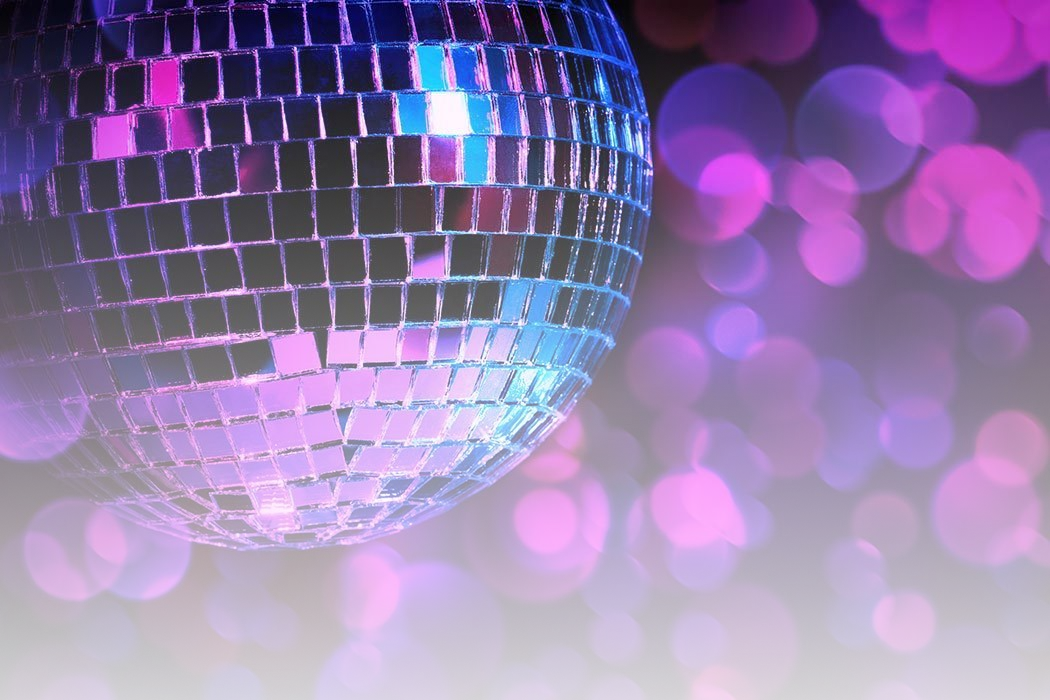Why Do Lawyers Wear Wigs in Court in England
The courtwear of British judges and lawyers (as the British call lawyers) may seem straight out of the Renaissance, but wigs and dresses are more than just an opportunity to dress up. The tradition of wearing a white wig and dress dates back to the 17th century – and few uniforms have changed since then. In 1625, an academic article entitled The Discourse on Robes and Apparel forever changed the way British Supreme Court officials dressed. This work led to the introduction of the robe and wig as a court uniform to distinguish judges and lawyers from other members of society. The discourse on dresses and clothes dictated not only what could be worn to court, but also the conditions and even seasons of each outfit. The full-bottomed wig was used for criminal trials until the 1840s, but is now reserved for ceremonial clothing; Small wigs are used in everyday life Many wonder why the tradition of dresses and wigs has lasted so long. Traditionalists will tell you that the uniform has a sense of power and respect for the law. Dresses and wigs also make it difficult for criminal defendants to identify judges outside the courtroom. However, the dishes were slower to catch the trend, and many continued to wear their natural hair in their courtroom portraits. Around 1685, full, long shoulder wigs became an integral part of proper court clothing, as lawyers were also considered part of bourgeois society.
Wigs first appeared in a courtroom, simply because they were worn outside; The reign of Charles II. (1660-1685) made wigs an indispensable wear for polite society. The Court of Appeal was established at the same time as the High Court, again merging several existing courts. The Master of the Rolls (head of the civil chamber of the Court of Appeal) and two other members of the Court of Appeal of the Chancery were among the new members of this court – which probably explains why a black silk dress was chosen. The reforms suggest that the court is becoming increasingly flexible when it comes to lawyers wearing wigs. It is possible that they will be thrown away in the next 50 years. But for lawyers who continue to wear wigs, including defence lawyers and others in court or the Court of Appeal, there is little enthusiasm for changing the status quo, according to James Mulholland QC, lead lawyer with more than 30 years of experience and president of the Criminal Bar Association. The High Court, for example, was created by the Judicature Acts 1873-5 and absorbed the Courts of Chancery, Admiralty, Probate and Matrimonial Cases. This has led to a new dress dilemma; The trial judges of these courts used to wear simple black silk robes. Still, wearing wigs is still popular with British lawyers, the Guardian reported in 2021. “If you don`t encounter the physical stereotypes of a lawyer — male, white, maybe older — it`s helpful to wear the uniform because it avoids awkward conversations,” attorney Zoe Chapman told the publication.
Before the introduction of wigs in the 17th century, British lawyers had a dress code that would look positively modern. They were expected to appear in court with short hair and neatly trimmed beards. Most are handmade from 100% horsehair, although there are synthetic versions available today. Horsehair wigs aren`t cheap either, especially if they`re handmade and combine an age-old art of styling, sewing, and gluing. A judge`s full-length wig can cost upwards of $3,000, while shorter wigs worn by lawyers cost more than $600. And in Ireland, judges wore wigs until 2011, when the practice was abandoned. In England and other former English and British colonies – such as Canada, for example, whose provinces abandoned wigs in the 19th and 20th centuries, or Jamaica, which retired wigs in 2013 – lawyers and judges wear wigs only for ceremonies. That`s probably not what afflicts Amal Clooney today. But today, the reason the legal community still approves of wearing wigs is the same reason their judges sometimes wear black caps – to kill people. Well, not quite. Judges wear black caps when handing down death sentences, but that`s one of the main reasons everyone wears wigs.

